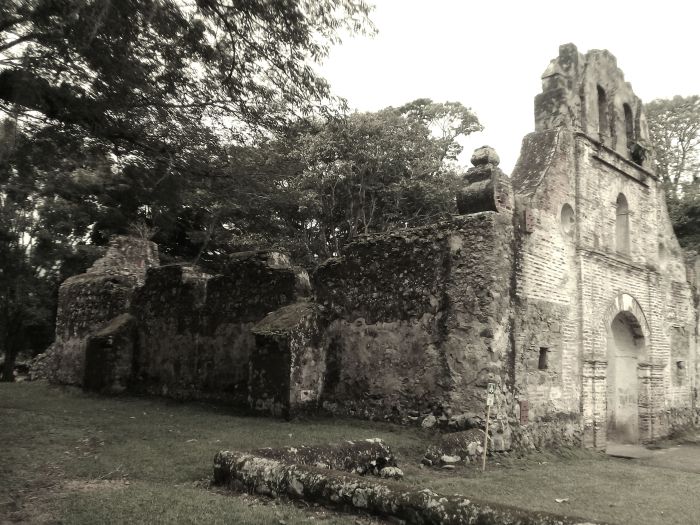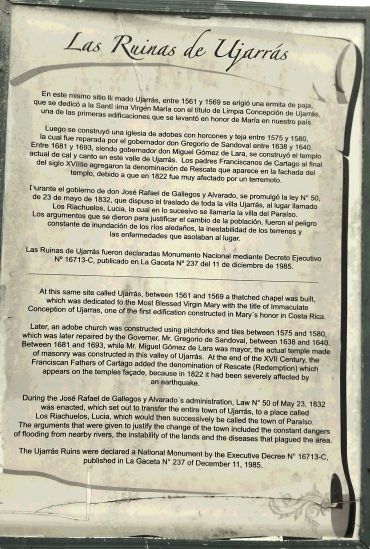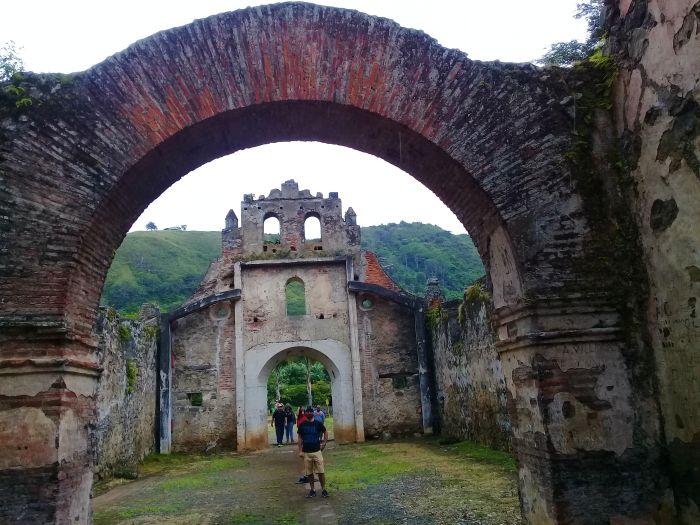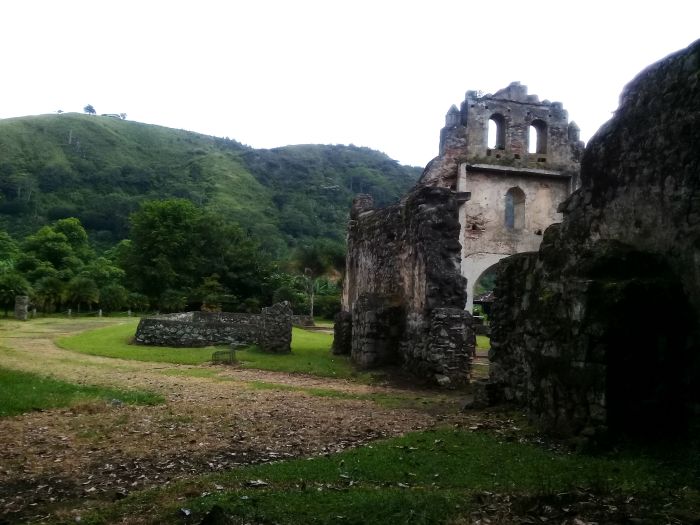Over two different Friday mornings toward the end of October, our teaching staff gathered for the second Retreat of 2018.
We had a healthy breakfast of granola, yogurt, fruit, bread and spreads, juice and coffee to get us started on both days. Our professional development activities focused on our core values of Excellence, Sound Character and Innovation and were complemented by some fun team-building activities.
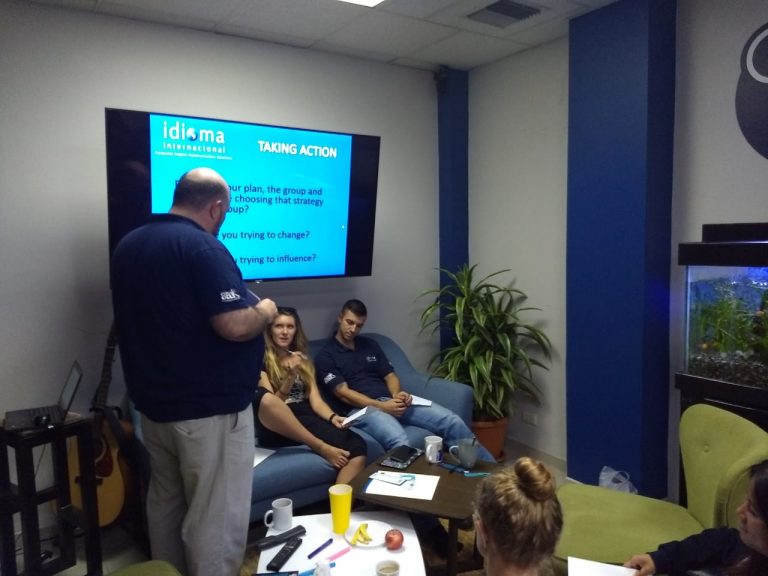
After the two mornings of professional development, we all met up at Bol Cariari for a Sunday afternoon of wings, beers and bowling shoes! For this Retreat Event, we decided to keep things a bit closer to home and indoors, which was a great idea given the massive aguacero that dumped all afternoon.
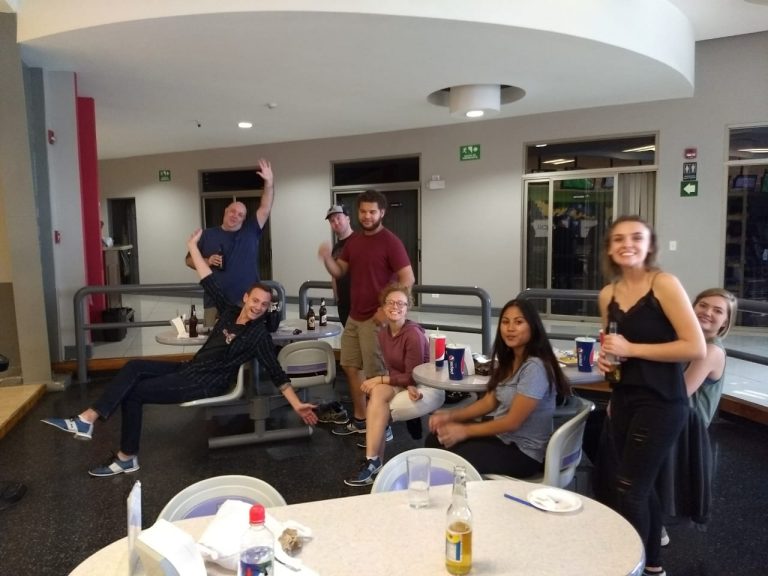
Many of us wish we had had bumpers in our lanes to help improve our scores; however, proudly there were a few of us who actually broke the 100-mark! As more beers were cracked open, our scores tended to increase as well.
While we may not have a career in professional bowling ahead of us, we are certainly aficionados of snacking, drinking, laughing and lofting gutter balls one after another.
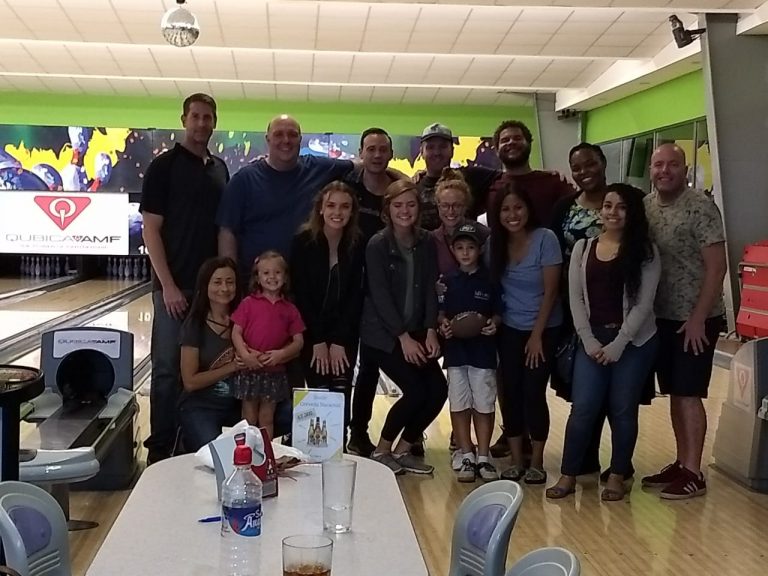
-Brendan Mulhall
Literally translated as Day of the Encounter of Cultures, October 12th marks the 525th anniversary of Christopher Colombus’ discovery of the Americas. Costa Rica celebrates this day as a national holiday. Throughout the Americas, the holiday has several names: Colombus Day in the United States; Discovery Day in the Bahamas, and Americas Day elsewhere.
The celebration here in Costa Rica is centered around the blending of cultures honoring diversity, tolerance, exchange of goods, trade, and respect among cultures. It is viewed as a time to reflect on a mindfulness of positive change, multi-culturalism, and miscegenation (the interbreeding of people considered to be of different races). https://en.oxforddictionaries.com
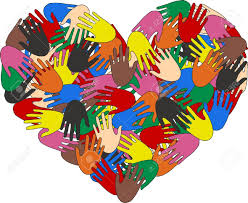
The actual festivities in which Costa Ricans participate include local meetings, forums, and fairs that give praise and awareness to the aboriginal people of the Americas. Also, some of the Caribbean towns and cities will hold their own carnivals to give thanks to the influence of the African cultures that have also greatly impacted Costa Rica’s rich diversity. Many people located all over the country will participate in traditional dances, music, and cuisine. This holiday truly represents the idea of tolerance and extends to include many ideas of international relations.
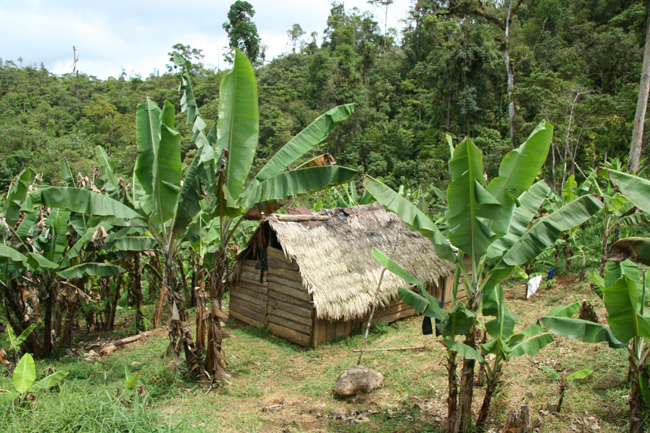
These holidays have been called into question lately all throughout the Americas because of the atrocities committed by Colombus and his conquering parties, the horrific conditions endured by the aboriginal people of the Americas, and the fact that there is evidence of others discovering the Americas before 1492. However, the focus in Costa Rica is on the positive outcomes of economic trade routes, diversification of peoples and agriculture, and multi-cultural/ multi-lingual education.
Sources:
http://www.turismocostarica.org/turismocostarica_informacion_costarica.aspx?idContent=19
http://www.cuandopasa.com/index.php?v=v85570h
Here at Idioma Internacional, we are not only dedicated to our primary focus of English education, but we also hold a high regard for social responsibility. On October 8, 2017 our company participated in the annual Anna Ross Walk Against Cancer. Several teachers, administrators, and staff members joined the thousands of Costa Ricans to raise money for this great organization to continue their commitment to providing free services to cancer patients and their families. Idioma Internacional provided the entry fee for all of our company’s participants.
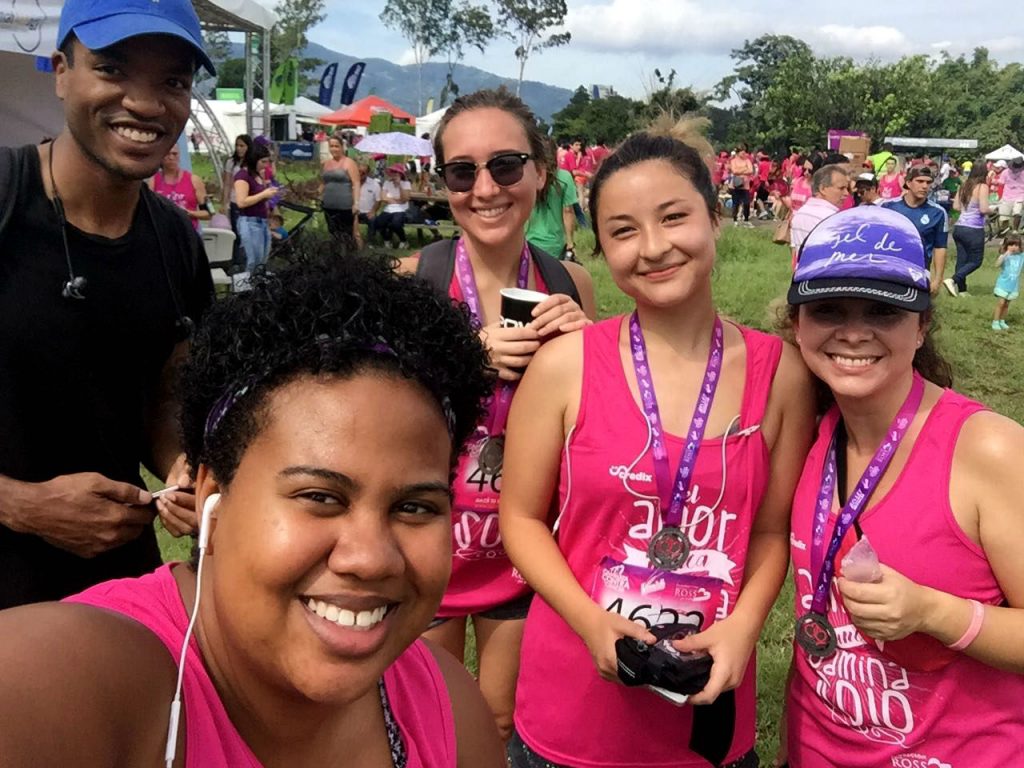
The Dr. Anna Gabriela Ross Foundation is a non-governmental, non-profit organization dedicated to serving communities in all of Costa Rica with free education and support services to cancer patients and their families. To date, this organization has served more than 145 communities throughout Costa Rica. Their mission is to provide education about prevention, early detection, wellness, diet, exercise, and mental health in order to battle cancer at all stages of its harmful and life altering path. The foundation gives free workshops and talks to stifle the spread of cancer. (http://www.ross.or.cr/)
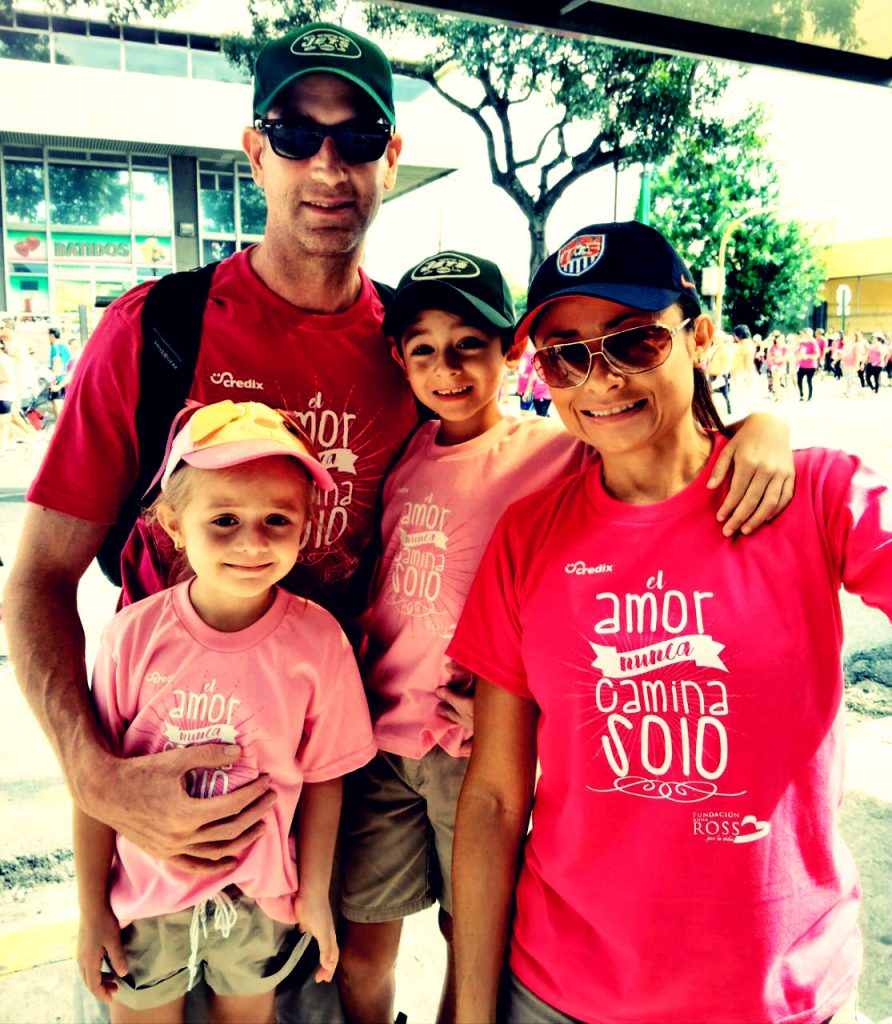
On October 8, the staff at Idioma Internacional took to the streets with throngs of Costa Ricans and showed our support for such a wonderful organization as the Anna Ross Foundation. According to our Administrative Assistant, Christina:
“It was amazing to see so many people come together for such an important cause. When I turned onto Paseo Colon, I just saw an ocean of people. I was impressed by the amount of people that came to help raise awareness and support the event.
As we started running, it felt great to be surrounded by so many good people. There was even a man with crutches participating in the run! There is nothing more inspiring than seeing someone without a leg accomplishing what he did. It reminded me why I participated in the event in the first place. I will never understand the pain and challenges faced by someone with cancer and their loved ones. All I can do is show my support and help raise awareness. Seeing all these people come together really made me feel hopeful.”

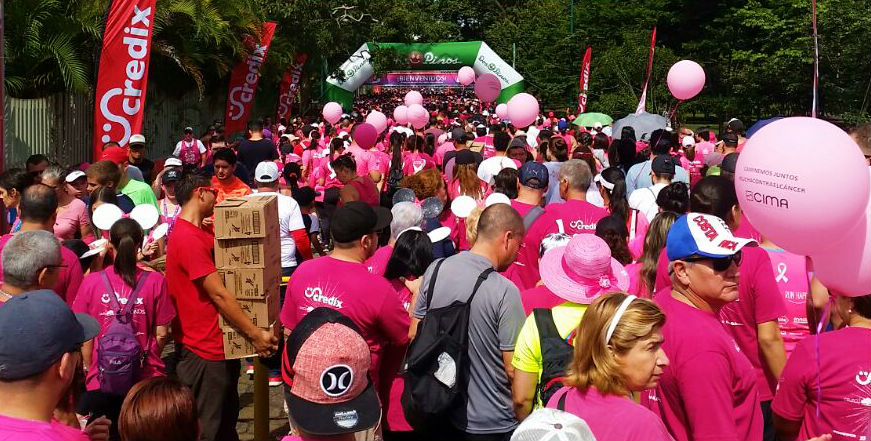
The site of Las Ruinas de Ujarrás is surrounded by luscious green countryside, immaculate landscapes, winding rivers, and pristine mountains. Located deep in the Orosi valley, near the Cachí Reservoir, visitors experience a bond to the historical foundations of colonial Costa Rica as they approach the park containing the remains of the church (La Iglesia de Nuestra Señora de la Limpia Concepción). Once inside the monument grounds, you can literally touch history.
Built in the 1580’s, local legend states that a fisherman of the Huetar discovered a box containing a painting of the Virgin Mary and the church was built on this site. The Virgin Mary had thus been considered a protector of the village.
La Iglesia de Nuestra Señora de la Limpia Concepción, or what remains standing can be approached, touched, and adored. As you near the ruins, the history is palatable and the senses are alerted to the reverence that belongs to such structures throughout the world. From the stone pathway to the limestone altar, Las Ruinas de Ujarrás creates a sense of awe. Visitors walk through the large and still nearly perfect archways to the inner chamber that was once where the congregation would pray together.
Outside of the church, you see the buttresses still supporting the outer walls of the edifice. Moss grows peacefully all along the masonry. It is a scene from a fairy tale with the mountains in the background. Nearby the church stands a beautifully sad tree that is probably as old as the church itself, weeping in the common area as families picnic, play, and admire this brilliant monument.
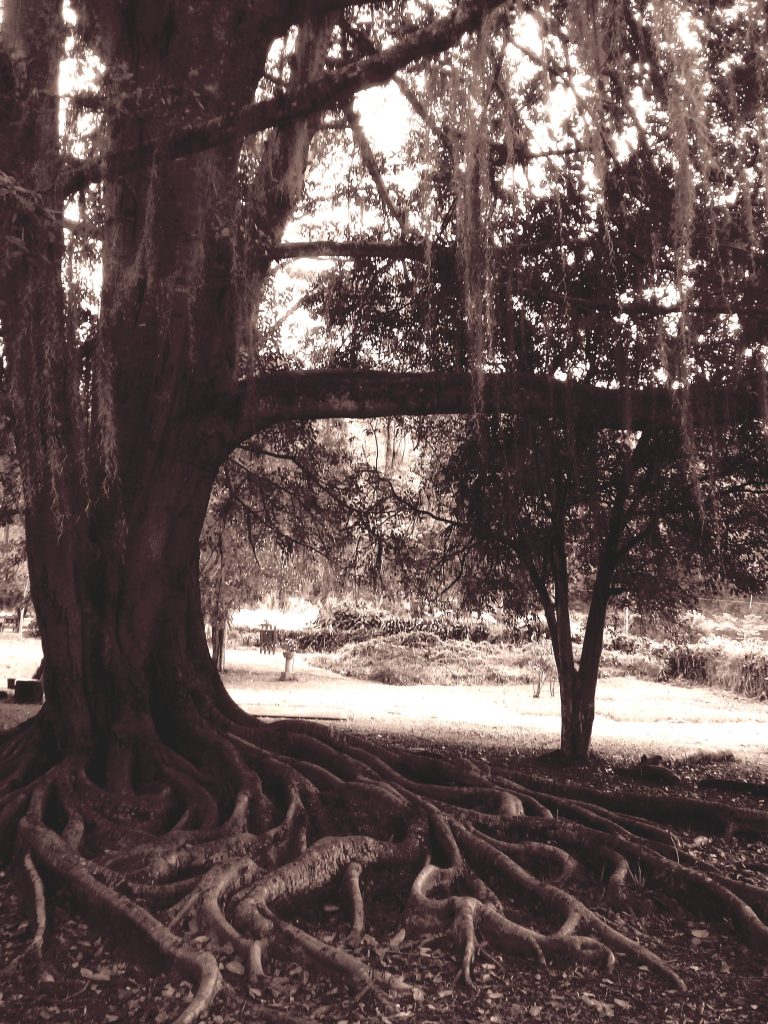
There are many places to visit in Costa Rica, but not many with such a peaceful and elegant grace as Las Ruinas de Ujarrás. For lovers of history, religion, or just serenity, this site has enough beauty to slip away into a simpler time.
Sources:
http://www.lacasonadelcafetal.com/las_ruinas_de_ujarras
Similar to many other nations around the world, Costa Rica has a strong celebration for the nation’s independence. September 15th marks the day that Costa Rica was granted its independence from Spanish Colonial rule in 1821. The date was the final victory by Mexico in the Mexican War for Independence. After Mexico’s victory, “Guatemala declared independence on behalf of Central America.” (www.costarica.com) Spain granted the claimed independence without further conflict.
- “Independence Day celebrations begin on September 14th, when the Torch of Freedom arrives in Cartago.” Many young children will crowd the street with hand-made lanterns that are symbolic of the Torch of Freedom. That night, when the torch reaches the final destination of Cartago, the original capital when independence was claimed, the entire nation stands to sing the national anthem. The rest of the celebration takes place on September 15th with street parades honoring traditions of the nation’s forming. These are held in every town throughout the country. (www.costarica.com)
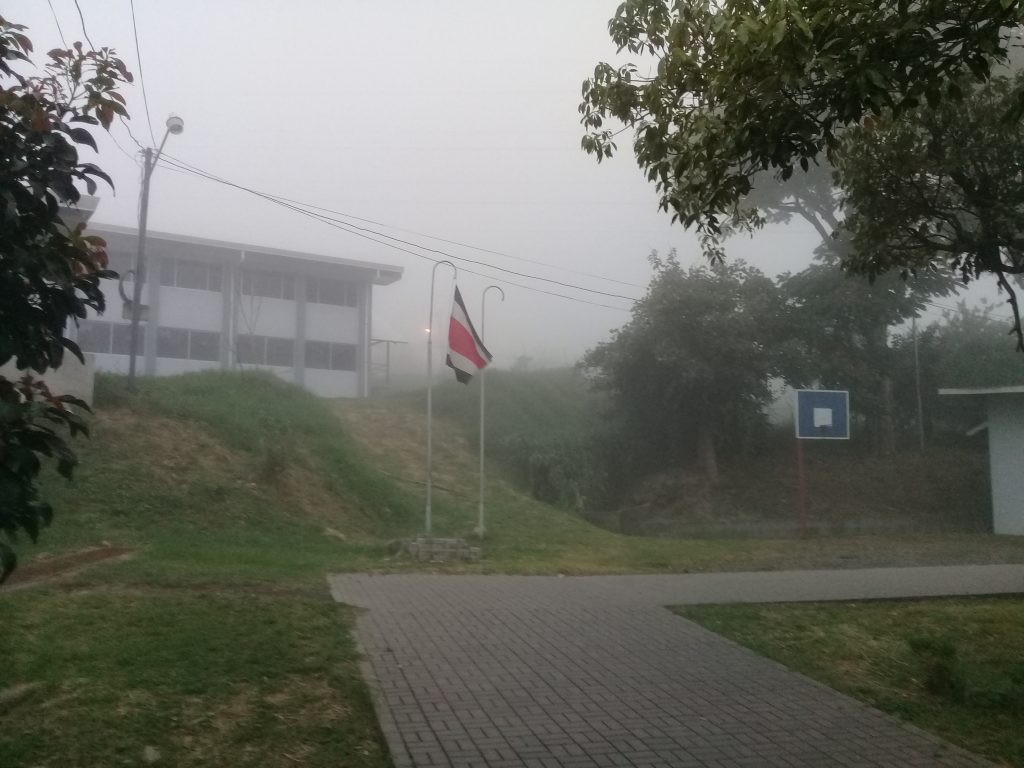
With that little piece of history in mind the author decided to ask Costa Rican’s what Independence Day means for them. The results below are told by former and current students in Idioma Internacional’s program, and give a much broader understanding of what Independence Day truly means to the people.
What does Independence Day Mean for You?
- “Everything that the Costa Rican people did to be today the country [it] is… every year that passes since we [became] independent we must try to love and protect the country more and make it a better place for the future generations” -Axel H.
“[T}he day of independence is one of the days where Costa Ricans unite to celebrate the importance of being an independent and democratic nation. Also, it is one of my favorite days of the year for the colorful parades, the hymns, “la marimba,” that are part of the national identity that we can still enjoy in the country.” -Cameron Z.

“For me [it] means peace, love to Costa Rica… the country in that moment shows [strength] and power.” -Noelany A.
“It’s a free day! Haha! In Costa Rica a little percentage of the habitats don’t have traditions or celebrate so much that day… [However], so many people have the tradition to go see the Patriotic March, with bands and mascaradas. In the schools, [we] celebrate that date [all] week (Civic Week) and all days [we] sing the national anthem and have activities. For me, it’s another celebration!” -Jeison V.
“Independence means peace, love, pride, and sacrifice. It’s a special day to commemorate all those who fought for freedom.” -Melannie M.
“For me Independence Day means liberty. It is something that [changes] our perspective about the world. It changes the reality of Costa Rica, [and] our economy increases. When we see the nature, it reflects the most beautiful part of our nation. When we go to our traditional parade in San Jose, we enjoy the music, the dancers and also we feel proud our country is without an army! We think about the poor areas and just want to eradicate all their problems. I feel proud because we don’t have an army and we spent the money on education!” -Edwin B.
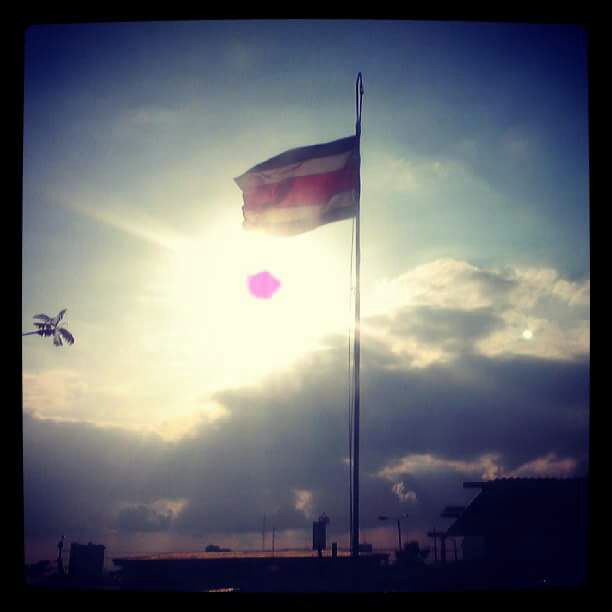
“For me this day is important and very significant for us because since that day we receive the most valuable feeling that we have as human beings: Freedom. We as citizens of this country have the privilege of saying that we live in a country that solves any conflict with a dialogue and not by fighting because everyone has the freedom to express what they think. That’s a privilege that not all countries have and we must appreciate it and celebrate for that!” -Tatiana O.
“Independence Day is a synonym of freedom, and it means that we have the opportunity to reflect [on] our identity. [It is] one of the multiple reasons to be proud of our beautiful country. It means peace, gratitude, happiness, opportunities, development, growth. For me Independence Day is a reminder of how Pura Vida we are!” -Alexandra M.
“For me, Independence Day means like a celebration of our freedom because we were slaves of the Spanish people. Our culture was given back to us. Also, to give honor to those who fought for us to set us free. And to live in peace with all the countries around the world.” -Dariana D.
Part of being an ESL teacher is having to say goodbye. We watch students learn, grow, and become more and more fluent in English. It is a beautiful thing to see so many students progress and get ready to make the next steps in their lives. However, it is also, always a mixed bag of emotions. The only way for me to describe it properly is to tell the story of three of my classes that graduated our program and are moving towards their new phases in life.
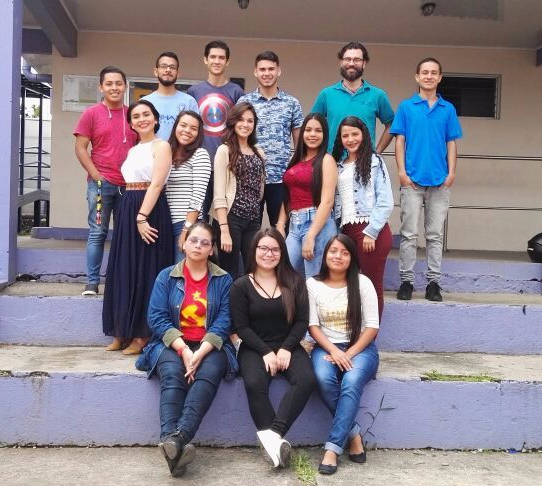
In order to put this in the correct context, I will start from when I first met my classes. All three classes that I had were taken over from other teachers who had to leave because their contracts ended, or they were assigned other classes that conflicted with the schedule of these. I had observed two out of the three classes. During the observations, I was able to see how wonderful these students really are.
Once I was given the classes, I truly connected with the students and found my initial reaction to be absolutely correct. Each student was individually brilliant, and as a whole they made class time incredibly fun. I worked for them for three and a half months. It is not a long time in the grand dance of life, but it was sufficient to understand what kinds of people they are. If every teacher had students like mine, this profession would be saturated with applicants.
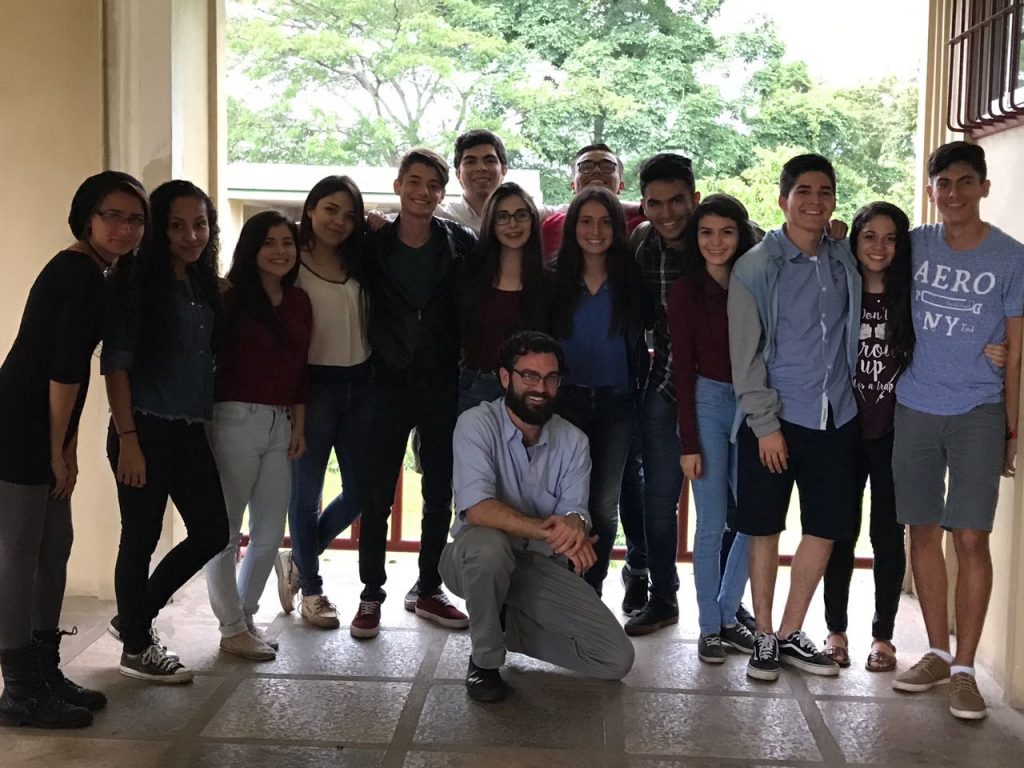
Anyway, after working with them for that time, the end had come near. I only had one last week with them. As the final class for each group approached, I began to feel melancholy. I knew they were excited to be finished. I would have been also, in their shoes. I prepared the lesson with a sinking feeling in my chest. I knew I would miss them, but I didn’t think it would actually affect me this heavily.
I kept the lessons light and fun on the last days. All the students wanted pictures of the entire group, including myself. It was very special to me. I felt more like a part of something than I had in a long time. We took many group photos, made sure that we all looked happy and then finished the class with some good group discussions.
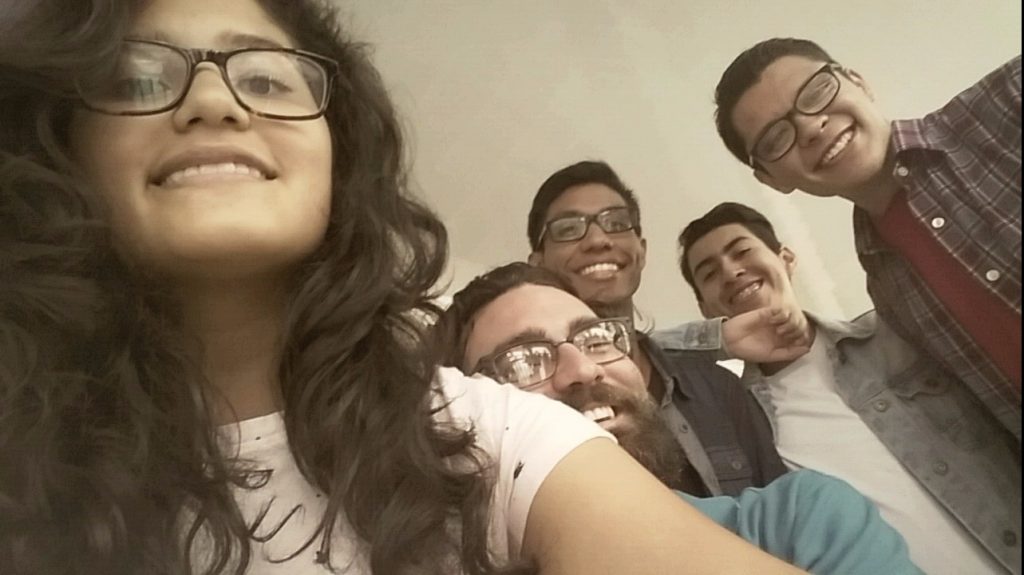
It was the end of the final class. I had all the students packing and preparing to leave. I had my bag organized again, the whiteboard cleared, the chairs put up. Then we all stood there looking at each other. I could tell this was going to be the hard part. I could sense the emotions like a bird senses the dawn. I told them that they could leave, class was over. Then, almost in a resounding chorus, they replied, “but teacher, we don’t want to leave.” I could have cried right then. My heart swelled with admiration and a massive sense of appreciation. These students, who were going to school for 7-9 hours a day, and then more class on Saturdays had just told me they didn’t want to leave! I did cry. It was so meaningful to me.
We left together since we couldn’t leave one by one. We got towards the exit and exchanged our cordial goodbyes (I wasn’t crying anymore). I know that they will go on to accomplish great things. I know that they need to be finished and out of the program. I know that they taught me more than I could ever teach them.
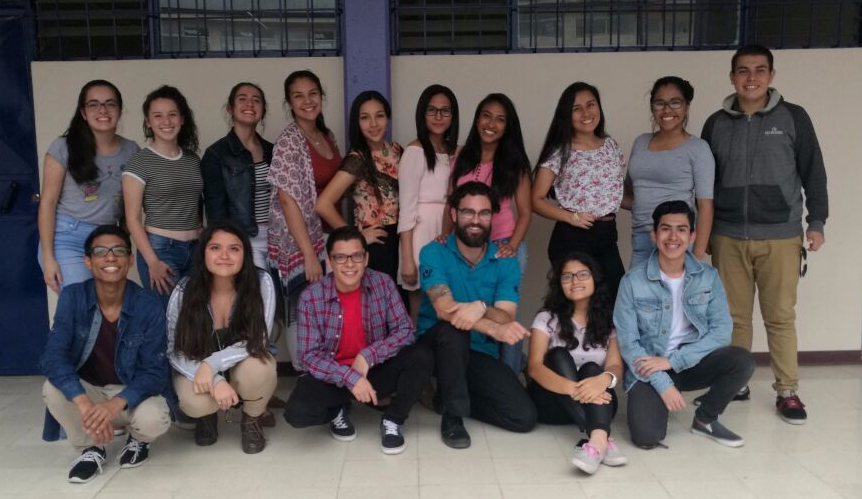
Although Costa Rica celebrates many national holidays, there are few as vibrant and culturally inclusive as the Annexation of Nicoya to Costa Rica (Guanacaste Day), which takes place on July 25th. Unlike most annexations throughout the world, the annexation of Nicoya, and thus the province of Guanacaste, was made possible by the request of the inhabitants, not some militant coup, uprising, or any such violence.
Prior to annexation in 1824, the province of Guanacaste (including the incredibly beautiful Nicoya Peninsula) was part of Nicaragua. At the time, Nicaragua was struggling with unrest and civil war which led the inhabitants of this region to request to be annexed to Costa Rica. The Central American Federation approved the request and the region became part of Costa Rica. Being that the inhabitants were the catalyst to annexation, the saying “de la patria por nuestra voluntad” (literal translation: of the country by our will) became an illustration of Costa Rican democratic values. *
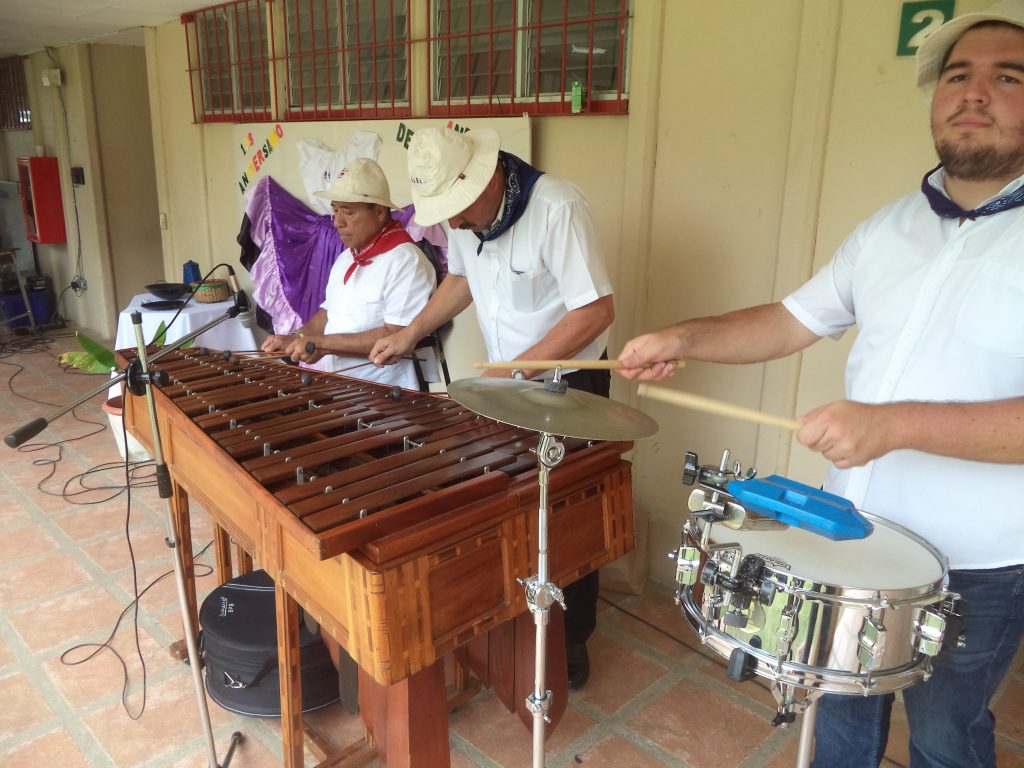
Here in San Jose, I couldn’t participate in a full-scale celebration. However, by the invitation of my students, I was able to gain access to a sample of the cultural festivities. Their colegio, or high school, held a small festival that celebrated by showcasing the cultural diversity of the entire nation.
I took the bus out to the colegio and was met with open arms. The students, as well as the administrative staff, led me to a seat in the front row to watch the final dance number. (I was there before other members of the public were allowed to visit, but missed some of the other presentations). I felt so welcome with my smile stretching from ear to ear. The dance number concluded and I began to mingle with the students and faculty. A band listlessly played classical Costa Rican music, booths were being manned by the student presenters, and the food was quickly prepared.
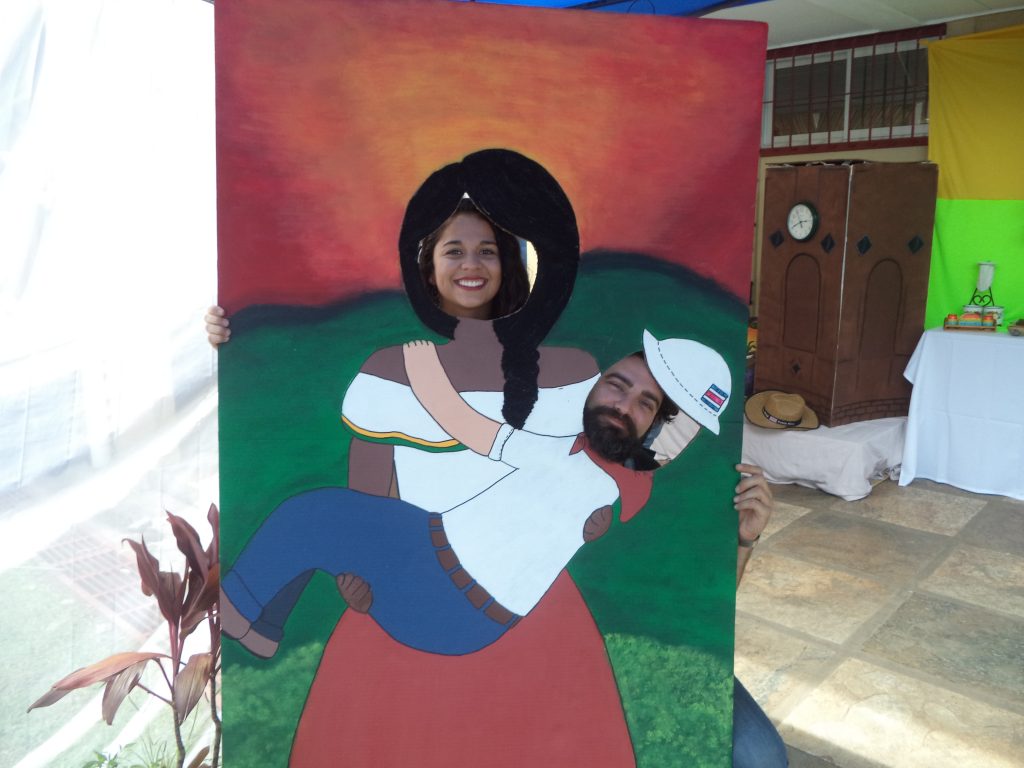
Some of my students quickly found me and began to show me around. Each class represented a different province and gave historical presentations, offered typical food, played music, and adorned decorations. Before I knew what was really happening I had a plate of corn tortillas with natilla (similar to sour cream), corn on the cob, and arroz con leche (sweet cream with rice). I tried to pay, but my students refused to allow that. I felt so incredibly welcome. After I conversed with a few more students, I made the rounds to see each of the provinces represented, listened to the histories in Spanish, and ate or drank something from each booth. The experience was incredible. I will forever be grateful to my students for inviting me to such a wonderful cultural learning experience, and for showing me an amazing time.
Not only is this National Holiday a symbol of the democratic values of Costa Rica, but it is truly a time to celebrate all of the cultures that make Costa Rica the rich and diverse country that it is today. Without seeing something like this first hand, I would have never known the importance that Costa Rica places on its very core. The people will always come first and especially their individual values and traditions.
*http://www.costaricaguides.com/guanacastes-annexation-to-costa-rica/


